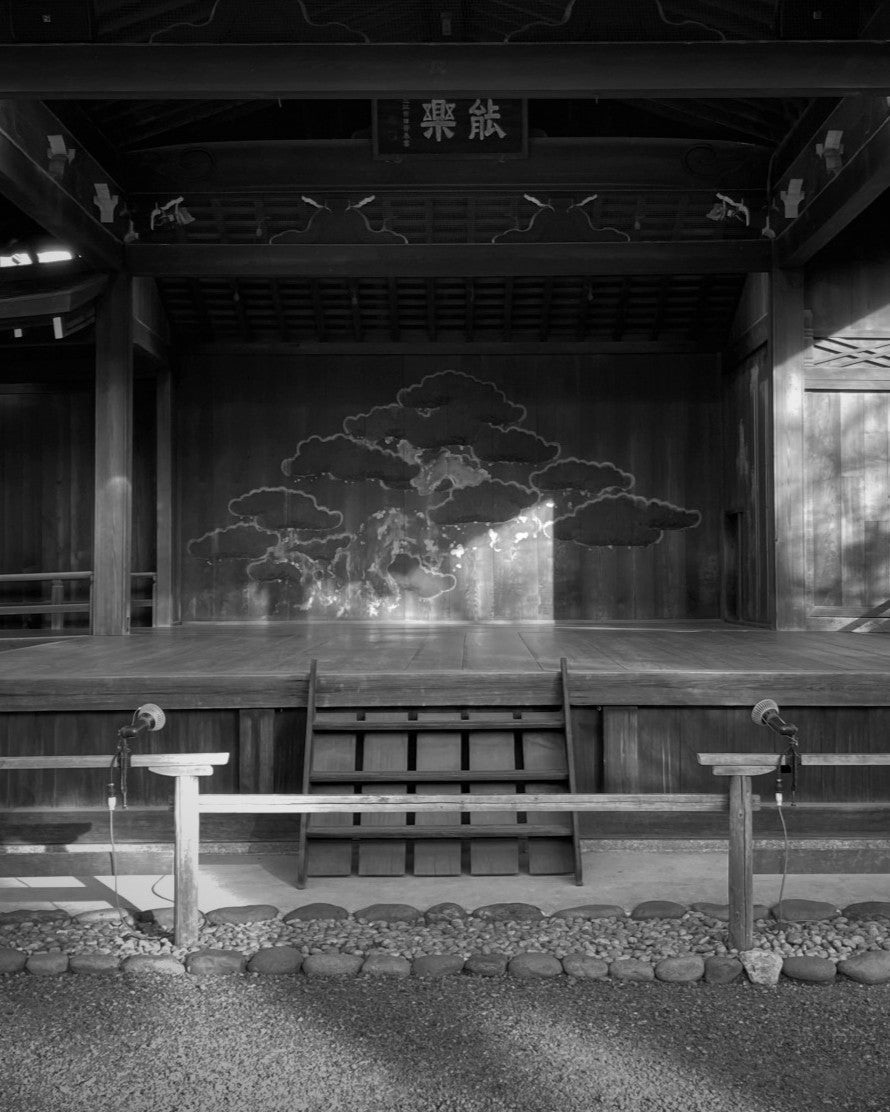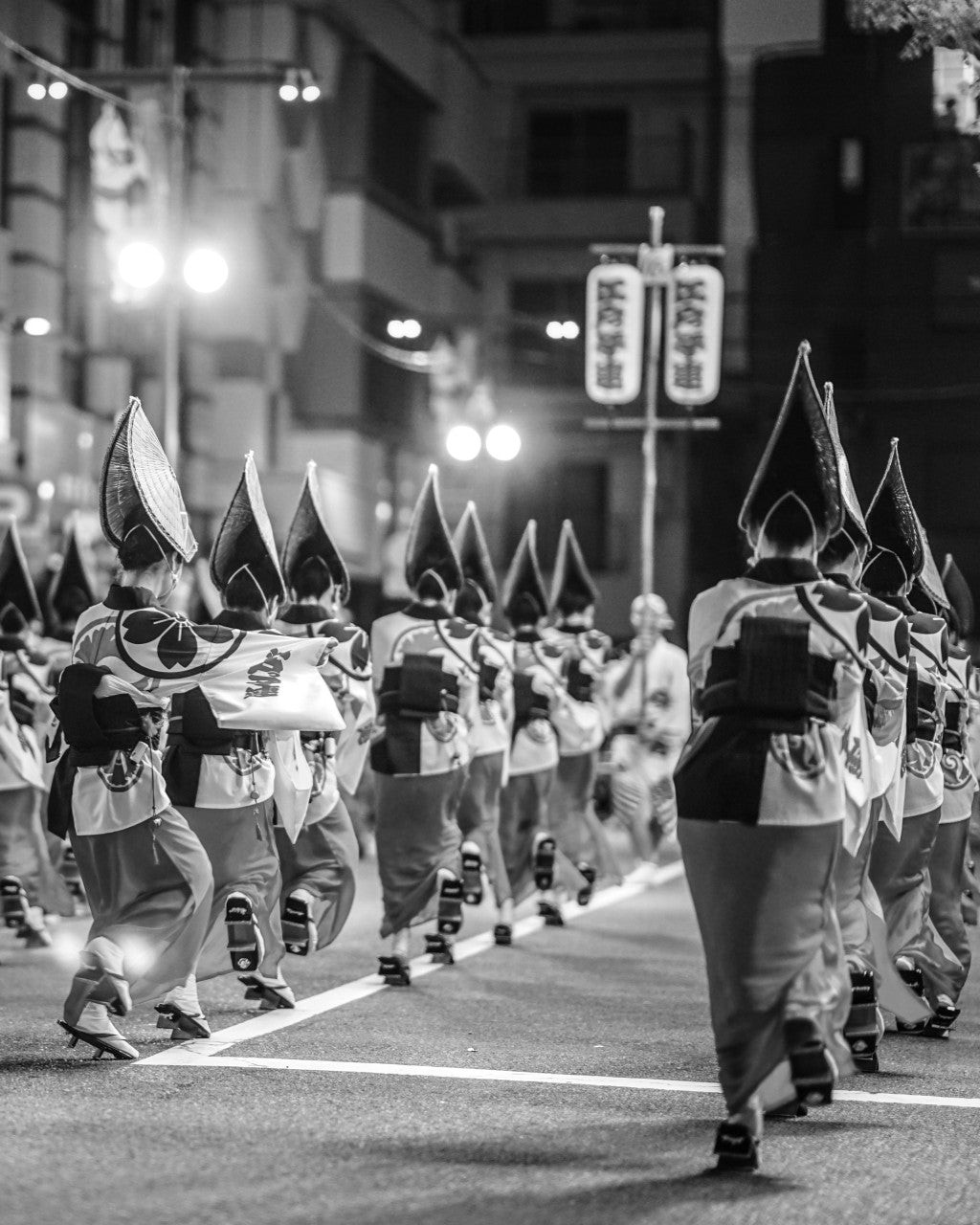Let yourself be carried away by the rhythm, and experience the bonds and smiles created by Awa Odori.
Awa Odori, which originated in Tokushima Prefecture, is known as one of Japan's three major bon odori dances and attracts many spectators from both Japan and abroad. On summer nights, when the sounds of taiko drums and shamisen instruments ring out, people naturally begin to dance. This dance is not just a traditional performing art, but also has the power to bring people in the community together, transcending generations and backgrounds.
It started as a festival entertainment.
The history of Awa Odori dates back more than 400 years. It is said to have started as entertainment at a festival, but over time it developed into a culture rooted in the local community.
Its most distinctive feature is that it is a participatory dance. Spectators are drawn into the circle by the chant, “Those who dance are fools, those who watch are fools, but if you're both fools, you might as well dance,” creating a sense of unity unlike any other.
The Awa Odori features dance groups called “ren.” Local shopping districts, schools, and companies form their own ren, with people of all ages, from children to the elderly, dancing together. The sense of camaraderie that naturally develops through practice and the process of dividing roles and managing the group are a true reflection of the local community.
In recent years, the number of participants from overseas has increased, making it a venue for multicultural exchange. To truly understand one another, many words are not necessary. With the rhythm and smiles of Awa Odori, hearts can connect. There lies the potential for connections that transcend borders.
A story of quiet mind and peace, on your skin.
Japanese culture and Buddhist teachings breathe a spirit that guides one toward harmony within connections to nature and others.
Amidst busy days, some choose to inscribe Japanese kanji tattoos as a way to make that spirituality a talisman for their way of life.
haikei designs are not mere decoration; they reflect your inner spirituality and serve as expressions that guide your life's path.
Furthermore, the words of kanji carry a quiet prayer: a prayer for peace for all people worldwide, born from the realization of the preciousness of valuing yourself and, in turn, valuing others equally.
Read more

It stops time and deeply stirs the heart. In Noh theater, there are moments when the audience holds its breath in silence, and nothing seems to be happening on stage. However, it is precisely this ...

A way of life that thrives between civilization and nature. Away from the hustle and bustle of the city, there is a landscape that is neither untouched nature nor completely rural. Rice fields and ...
